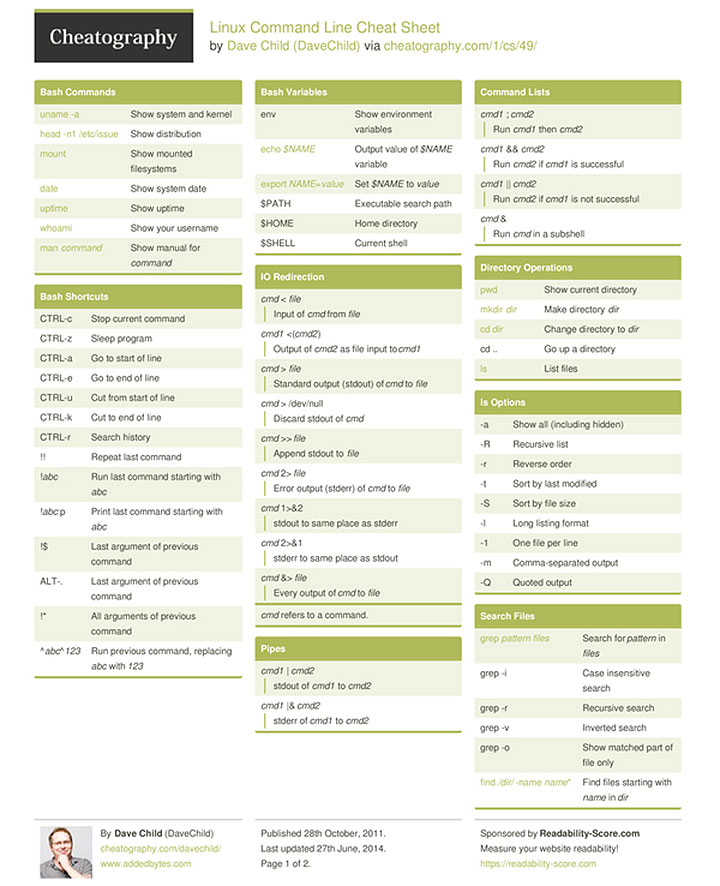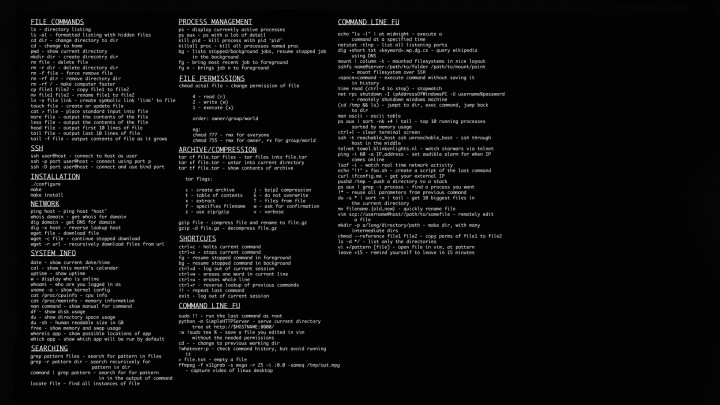


#Utime unix command line update#
In order to check the timestamp of any process id in the procs directory, you can use following UNIX command with the option -ld as shown below: $ ls -ld /proc/22031ĭr-x-x-x 5 user group 832 Jan 22 13:09 /proc/22031 In UNIX or Linux operating system, touch command is used to create an empty file and/or update the access, modification, change timestamp of the file or. Once you have the PID, you can look into proc directory for that process and check the creation date, which is when the process was started.īy checking that timestamp, you can easily find from how long your process has been running. Option s is used to get the starting time/specified time when the system started has been running. mistersubhaserver-1 uptime -p up 29 weeks, 4 days, 11 hours, 1 minute. How do you see command line history in UNIX. Just to make sure you get the uptime in human-readable format, you can use option p. Step 2: Find the Runtime or Start Time of a Process These UNIX command interview questions are mostly asked during Java.

By the way, if there is more than one Java process running on your server, then you might want to use a more specific grep command to find the PID. The Unix epoch (or Unix time or POSIX time or Unix timestamp) is the number of seconds that have elapsed since Janu(midnight. Step 1: Find Process id by Using the ps Command $ ps -ef | grep java Look at the above snapshot, command uptime displays output in one line. When command finishes, time writes a message to standard error giving timing statistics about this program run. The uptime command tells us how long a system has been running. We need to combine multiple commands, and our knowledge of UNIX based systems to find uptime of a process. The time command runs the specified program command with the given arguments. You can rate examples to help us improve the quality of examples. Linux Commands to Find Process RuntimesĪs I said, there is no single command, which can tell us that from how long a process is running. These are the top rated real world C++ (Cpp) examples of utime extracted from open source projects. So I thought to share this nice little tip to find the runtime of a process in UNIX-based systems like Linux and Solaris. UNIX or Linux has commands for almost everything, and if there is no command, you can check some important files in the /etc directory to find out some useful info. This is very useful when you are troubleshooting an issue and want to know whether your process or service restarted fine on a daily or weekly basis. Hello everyone! Today, I am going to share a useful tip to find out how long a particular process has been running. Here are a couple of examples, both on Unix, of run-shell-command followed by examples using the new functionality.


 0 kommentar(er)
0 kommentar(er)
